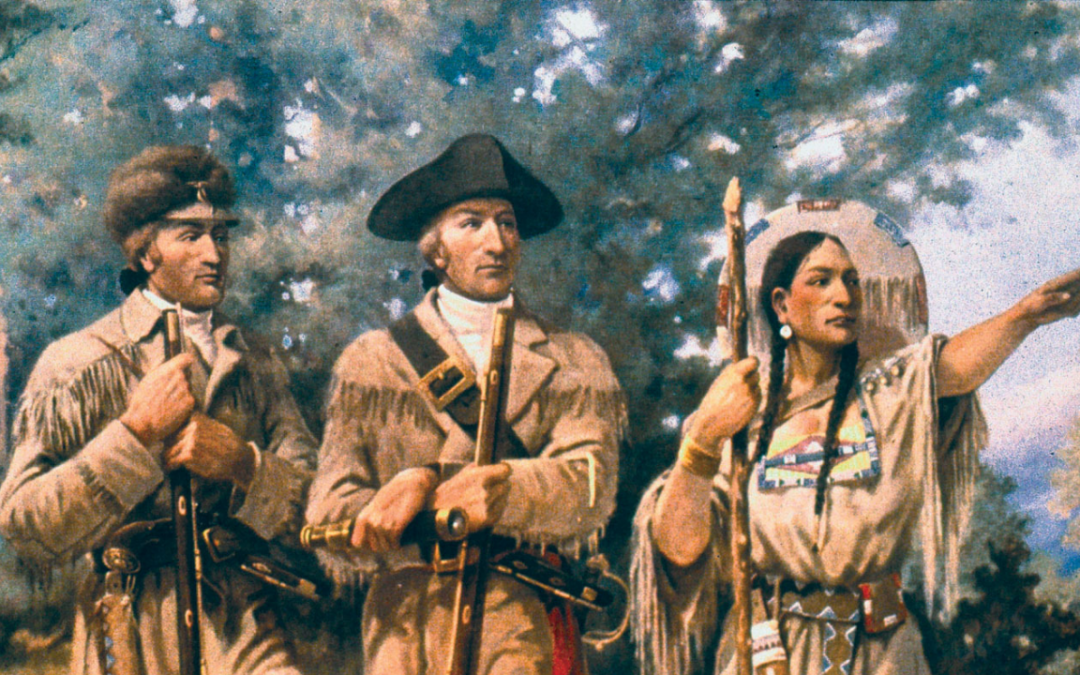The history of the Native Americans is tragic and bloody one, filled with many wars and raids against colonists. During and outside of these conflicts a number of notable native Americans rose to prominence. This is a list of 10 famous Native Americans you should know about.

Geronimo
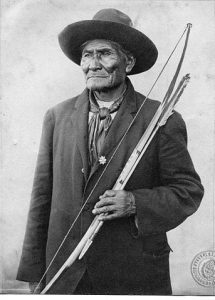
Geronimo was a Native American warrior, notorious for his relentless fighting spirit. His entire family was killed by Mexican soldiers, and he fought against them with a vengeance. He was feared by the Mexicans, Americans, and even by members of his own tribe. For 36 years from 1850 to 1886, Geronimo put up a resistance against the Mexicans, and later the Americans. This wouldn’t last forever though. Geronimo eventually converted to Christianity, and left his tribe. He took part in an inaugural parade put on by President Theodore Roosevelt in 1905. Geronimo even made use of his celebrity by selling signed pictures of himself.

Chief Sitting Bull
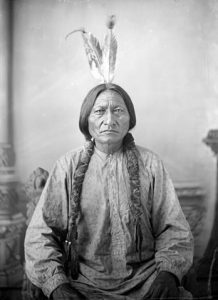
Before the Battle of Little Big Horn, Chief Sitting Bull had a vision of a many soldiers falling upside down. This was taken as a prophecy of a great victory for the Native Americans. Later, on June 25, 1876 the Native Americans did achieve a victory over Lt. Col. George Armstrong Custer, completely annihilating his battalion. Chief Sitting Bull was eventually killed by Indian Agency Police, when they feared he would take part in the Ghost Dance movement. Ghost Dance was a religious movement of Native Americans, and the belief was that proper practice of the dance would bring peace and prosperity, and force the invaders to leave.

Squanto
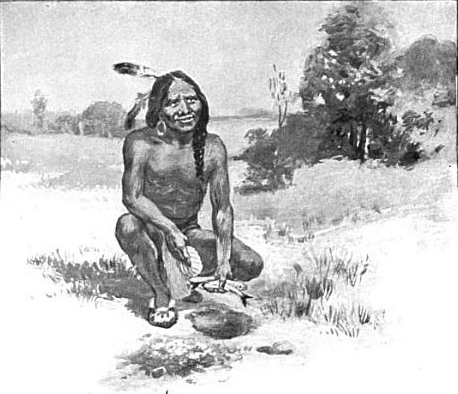
Squanto was a member of the Paxtutet tribe, located on the Western coast of Cape Cod Bay. An English Explorer named Thomas Hunt, kidnapped him in 1614 and sold him as a slave in Malaga, Spain. Local monks bought Squanto and a number of other slaves for the purpose of teaching them Christianity and spreading their religion. Later in his life Squanto travelled to England, and then travelled back to North America, to the home of his tribe. When he got there, he must have devastated to discover that the entire tribe had been wiped out in an epidemic. He then began working to help create peaceful relations between the pilgrims and the local Pokanokets tribe.

Sacagawea
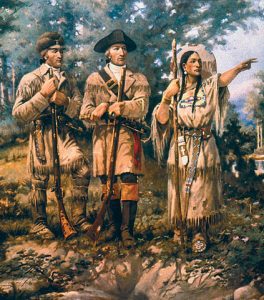
Sacagawea was a member of the Lemhi Shoshone tribe, and acted as a navigator during the Lewis and Clark Expedition. In 1803 the United States acquired Louisiana, which accounted for around a third of North America at the time. This meant that the United States was now in possession of about two thirds of North America, and after doubling their land mass, they wanted to explore the new territory. The Lewis and Clark Expedition started in 1804 with this purpose in mind. There was also a secondary objective, which was to conduct scientific, and economic research on the area. The expedition started in May, 1804, and ended in September, 1806.

Black Hawk
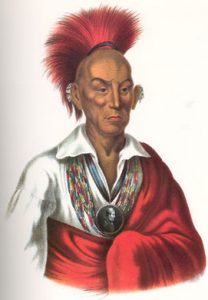
Black Hawk was a warrior of the Sauk tribe. He wasn’t technically the chief of the tribe, he was more like a general. He would lead raids as a young man, and commanded a band of warriors during the Black Hawk War of 1832. During the war of 1812, Sauk fought for the British against the Americans, not out of loyalty to the British, but in the hopes that it would help keep Settlers away from his territory. He led a group of Native American warriors known as the British Band, during the Black Hawk War, but he was captured by American forces. With the help of a translator he wrote his autobiography, called Black Hawk: Embracing the Traditions of His Nation. This was the first Native American autobiography and became a bestseller.

Red Cloud
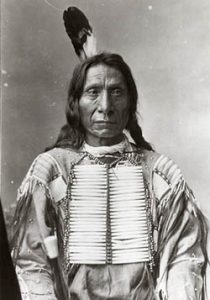
Red Cloud was a famous Native American warrior of the Sioux. He started the Red Cloud War (1866 to 1868) in order to fight for Powder River Country. It was during this war, that Red Cloud inflicted one of the US armies worst defeats against the Native Americans. During the Fetterman Fight, 81 US soldiers were killed by Red Cloud’s group. Red Cloud pulled off an impressive feat, and surrounded 81 Americans, 79 of which were soldiers, with 1000 men and ambushed them, killing all of them. Red Cloud was one of the leaders of the Sioux Tribe, a large decentralised tribe broken down into different groups which act independently with their own leaders.

Sequoyah
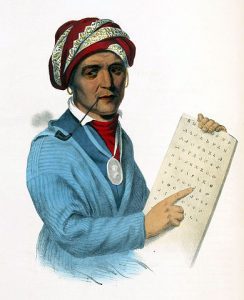
Sequoyah was a Cherokee Polymath, who created the first syllabary for the Cherokee language in 1821. Allowing the Cherokee to read and write in their own language. His syllabary became a sensation was quickly adopted by the Cherokee people. It became their official language in 1825, and the literacy rate of the Cherokee surpassed that of the surrounding settlers. It wasn’t long before everyone in the United States had heard about the illiterate Cherokee who created his own syllabary. A missionary in Alaska, heard about the news and created a syllabary for his own language. Surprising numbers of people who heard about the news started creating syllabaries for their own languages. As a result of Sequoyah’s syllabary, 21 syllabaries had been made for 65 languages, which previously couldn’t be written or read, only spoken.

Pocahontas
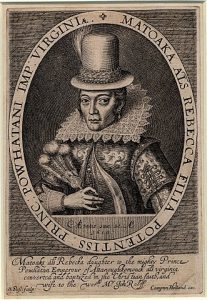
Pocahontas was the daughter of Powhatan, Chief of a network of tributary tribes. In 1607 a foreigner named John Smith was about to be executed, but Pocahontas stopped it from happening by placing her head on his own. In 1613 she was captured and converted to Christianity during captivity. When faced with the opportunity to return to her people she chose to remain with the colonists, and married a man named Thomas Rolfe. She moved to England and became a celebrity. She was used as an example of ‘civilised savage’, in order to encourage investment into the Jamestown Settlement.

Cochise
Cochise was the leader of the Chiricahua tribe. He started an uprising in 1861, which lasted until a peace treaty in 1872. Cochise was a large muscular man, and an effective leader during the Apache War. The invading Spanish and Mexican tried to take over the land his people were indigineous to, and so they fought to defend that land. The most important battle in this war was the Battle of Apache Pass. The Native Americans, who usually used guerilla warfare, stood their ground and fought a pitched battle. Cochise, Mangas Coloradas, and 500 men stood against the New Mexico-bound force of California volunteers, until they had to retreat due to artillery fire.

Young Man Afraid of His Horses
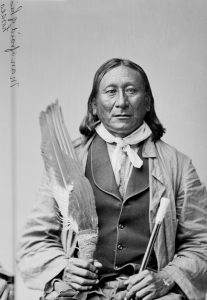
This brave warrior has an unfortunately misinterpreted name. Your immediate is that he is afraid of his own horses, but the name is supposed to mean that he is such a fearsome warrior, that even the sight of his horse causes you to feel afraid. He was chief of the Oglala Sioux. His fearsome reputation came from his involvement in Red Cloud’s War, but he is also known for serving as a negotiator after the Wounded Knee Massacre. Red Cloud’s War was the only war with native Americans to end in defeat for the US.

